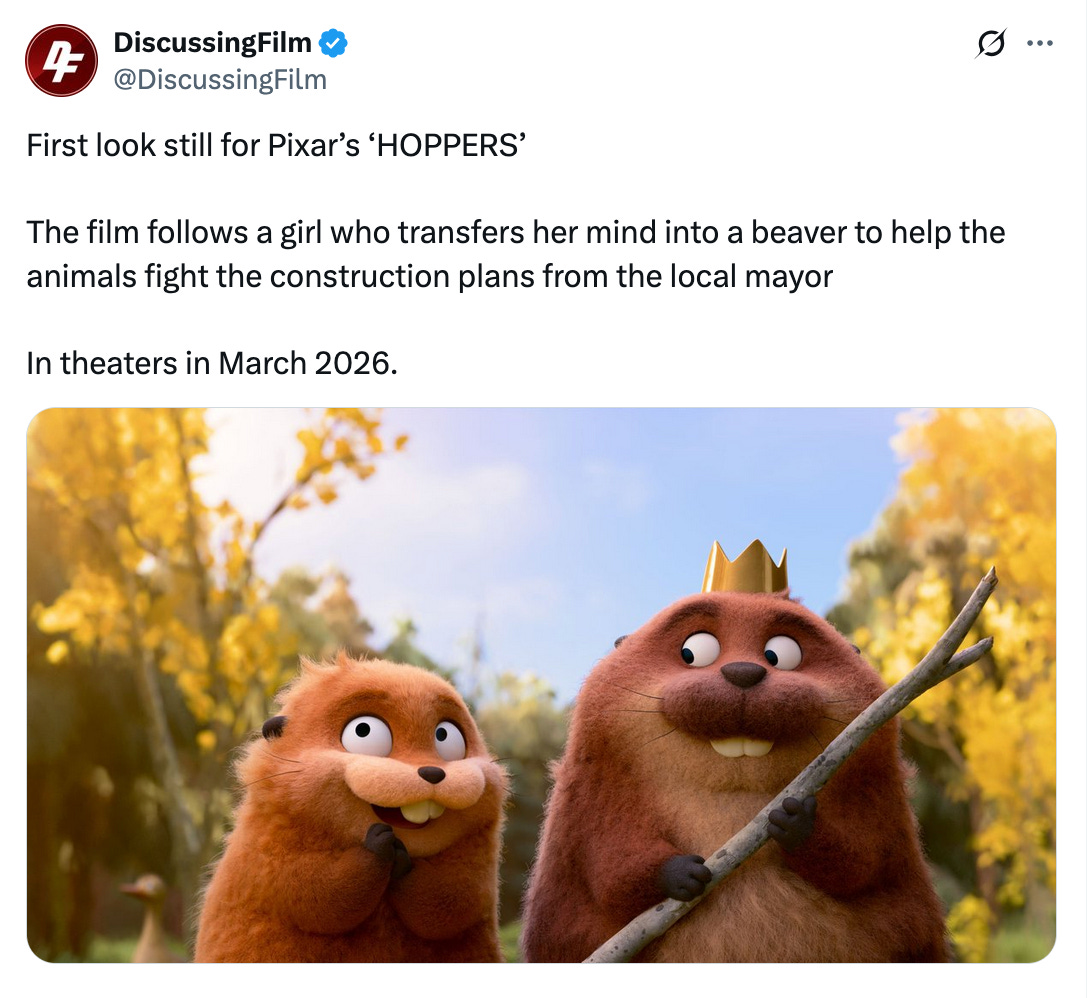Free Buses Divide Urbanists, Pixar's New NIMBY Movie, & More
Around the College Towns: Links and commentary related to urbanism and higher ed for the week of June 15 - June 22.
Note: Around the College Town is my weekly links round-up post. I offer commentary on news, posts, or articles from the week, usually focusing on things that fall through the cracks. I am in China right now, where Substack is blocked, and my VPN is malfunctioning, so publishing this post is somewhat annoying. Thus, it will be a bit light this week.
Free Buses Divides Urbanists
There has been a raging debate this week around bus fares sparked by NYC mayoral candidate Zohran Mamdani. In particular, he argues that buses should be made free. On one side, the argument is that free fares promote bus riding and are more equitable. The other side argues that free fares are too costly for transit agencies and lead to anti-social behavior that degrades the experience for other riders.


My take is that I think we should look at other successful systems around the world to make the decision. Since I am in Asia, I can provide my perspective from here. The buses are not free. They are, though, fairly cheap. In Shanghai, where I am right now, I have been using the local Bus Transit System quite a bit (video below). It costs just 2 RMB, which is about 30 US cents.
That fare is very cheap, even accounting for the GDP per capita being just 26K US dollars per year. The most important thing is that this affordable rate also comes with reliability and consistency, which is a common theme here in East Asia. This means that buses come every few minutes, headways that most US cities could only dream of, no matter the fare prices.
In this urbanist debate, I am on the side of fare charging. I lean towards emulating these successful systems, rather than the US trying something new or different. I hope to have a longer article on the region’s buses, public transit, and vehicles when I get back from this trip.
Links I’m Reading This Week
Ohio State pledges to ease up on punishment for AI academic violations by students. I feel like this may be a bad idea!
In related news… MIT researchers released a pre-print study on the effects of LLM usage on our brains. Turns out, things like ChatGPT may make us slower and dumber. Although I must mention, we need more research in this space (including this study).
An elementary school in Rockford, Illinois, started grouping students by reading level (regardless of grade or age), and it has led to stunning success. It’s a small experiment, but the tactic may provide some inspiration to the field of education in the US that is often wary of tracking.
The US is demanding that international students set their social media profiles to “public” before getting visas. You know how I feel about this…
New term for non-helicopter parenting just dropped: Kid Rotting. Basically, it is letting kids be kids and not over-scheduling their lives, especially in the summer. This is just what life used to be like for most American kids until around 2004.
A tiny city of just a million people in China opens up a new phase of its streetcar network. I’m always impressed with the public transport here, no matter the size of the city.
The Myriad Convention Center in my home city, Oklahoma City, has been demolished after decades of use. It will be replaced by a massive new stadium and entertainment area. The old Myriad was a staple of the city’s history, and I personally have fond memories of it. I hope to watch this new doc on the Myriad soon:
Around Substack
Note: I also think it’s important to shout out some fellow Substackers whom I am reading here this week (sorry, no quotes this week though). Here are a few:
, a Japanese expert who writes at Pure Invention (a great book, too!), writes about Japan’s obsession with tourism. Since I am going next week, I thought I should learn more about the industry.Since I missed out on the new Juneteenth holiday back in the US, I enjoyed reading
discussing it on . He connects it to broader trends in US holidays and the effects of protests on urbanism.Another thing I missed since I’m in Asia was the Strong Towns National Gathering in Providence, RI. So it was good to see
’s take on the festivities in the . I will say I did meet the keynote speaker when I was in Seoul! Good times.Finally… Is the New Pixar NIMBY?
A newly announced cartoon from Pixar called Hoppers is ruffling some urbanists. According to Discussing Film, “The film follows a girl who transfers her mind into a beaver to help the animals fight the construction plans from the local mayor.”
Urbanists, particularly the Abundance-type crew, were not happy with the plot description, saying that it is a NIMBY film. “I think people without kids underestimate how much children's programming is inundated with propaganda that's a combination of anti-capitalism, anti-development, and climate doom,” wrote Gary Winslett, a professor at Middlebury College.
It does seem like there has been a lot of NIMBYism in classic TV and movies. There is even the so-called Saving the Orphanage trope, where a greedy developer is the main villain. They are always planning to bulldoze some beloved home or venue for a luxury hotel or something, and the heroes must stop them.

However, in this case, I do think there is a bit of an overreaction to the announcement. We only have the simple description. YIMBYs and urbanists should probably lighten up a bit here.
Today, a lot of films actually intentionally subvert themes. So perhaps this new Pixar film will flip the script somehow. Beavers are natural builders—I could easily see the plot becoming more of a YIMBY movie. It will be worth a future review by me.







Have you tried using the Astrill VPN? That one has been working pretty reliably for me!
Hello Ryan,
Despite the challenges another interesting posting!
I think I lean towards free buses/public transit. The “undesirable element” argument doesn’t hold water for me. I don’t currently have access to any public transit but I used San Francisco’s MUNI system almost exclusively for 16 years and that segment of the population was certainly represented in the ridership which I experienced nearly daily. I don’t think having cheap fares will keep those people off the buses nor will it do much for the funding of the system. It’s a sort of betwixt and between solution that doesn’t really solve anything. Of course, making them free for a couple of years and than evaluating all aspects seems to make sense to me.
Safe travels!!